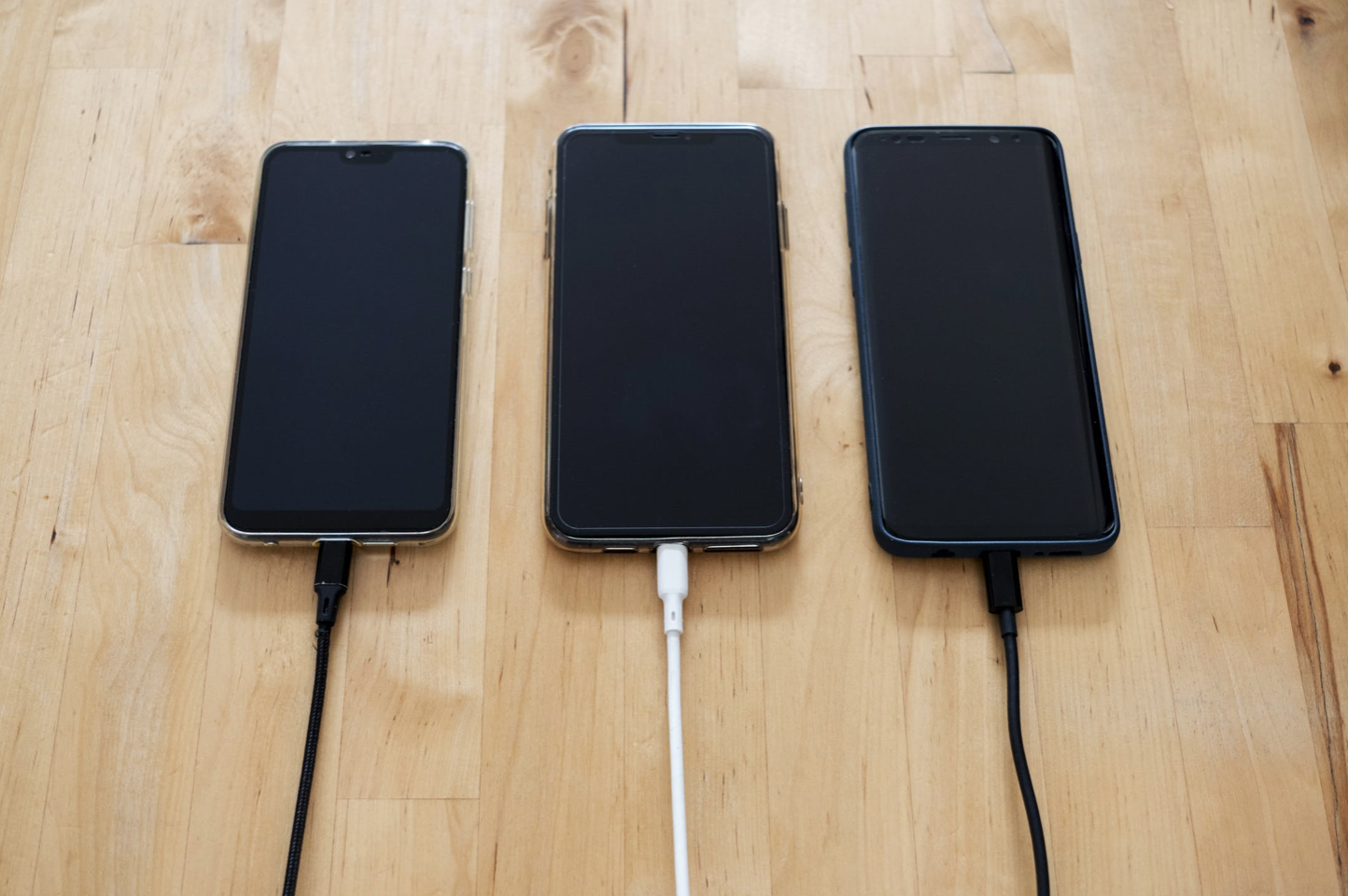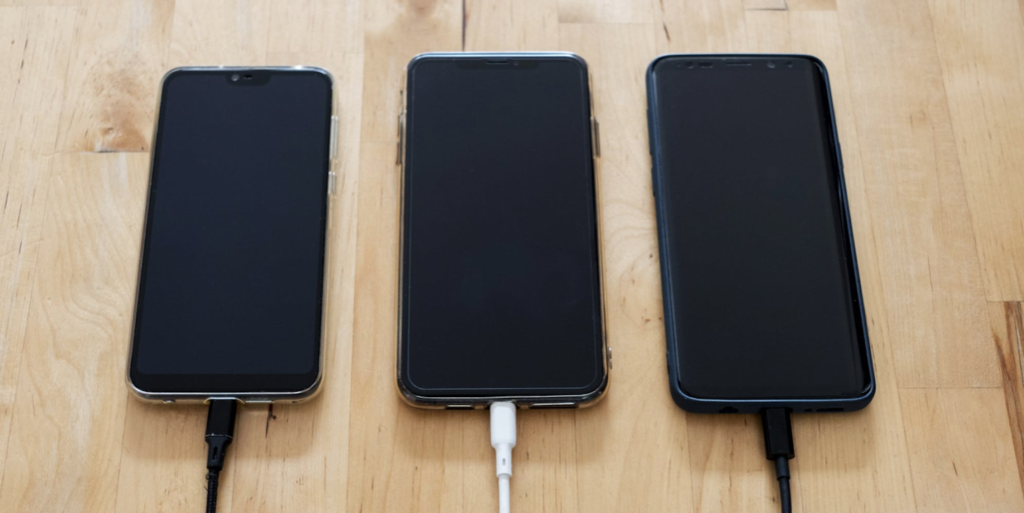What are the uses of batteries in our lives?
With the increase in portable devices and the ever-increasing number of functions, batteries’ usage has become essential. Batteries help us power our appliances, both big and small, and make sure they don’t run down when in use.
For instance, automotive manufacturers produce batteries for the initial starting of the vehicle in the past.
However, recent automotive technologies have made cars dependent on batteries as their primary and only source of power. This makes it possible to reduce the emission of greenhouse gases.
Also, in a bid to provide a clean and renewable source of power for usage in our homes, solar-powered batteries have become commonplace in most houses. This has made it possible to supplement other sources of power generation for households.
But that’s not all!
The manufacturing industries are major users of power. Most of their production cannot afford any downtime due to power outage. The use of batteries as a backup has become widely used by these manufacturers. This ensures that there is a reliable power backup in the incident of a power outage.

Laptops and smartphones all have batteries built into them as their source of power. Nonetheless, most of these devices have a secondary battery-powered source as a backup for periods when the main batteries run down.
What are the flaws in the battery manufacturing process?
Every manufacturer is aware of the need to reduce manufacturing errors as no manufacturing process is 100% without errors. However, there are limits of tolerances given during manufacturing to ascertain the reliability of the manufactured product.
Battery manufacturing is also susceptible to these kinds of errors. It has some flaws that are common in the production processes of batteries. These imperfections are categorized as either internal or external faults.
One of such internal defects is the low quality of internal separators. These devices separate the cathode and the anode from each other and ensure the proper distribution of charges between the nodes either when charged or when the charges are released as the device is in use.
Other internal defects of battery manufacturing are contaminants in the electrolyte, which is the liquid that carries the charge to and from the nodes. These contaminants can interfere with the charge’s proper charging and release when the device is in use.
Improper arrangement of constituents is yet another internal defect that can occur during the manufacture of a battery.
When these defects occur, a battery can develop different faults ranging from battery swelling to fast battery drain. The batteries can also get hot while in use. These can pose both battery failure as well as safety risks to the users.
What kind of defects can X-rays detect in batteries?
X-ray inspection of batteries is a non-destructive quality assessment method of inspection. Unlike destructive methods of quality assessment like battery disassembly, X-ray inspection is also non-intrusive. This allows for the usage of the batteries after assessments, which is cost-effective.
An X-ray can detect defects in the batteries’ internal components like the cathode and anode, as well as external defects involving the structure. UNI X-ray, the national high-tech X-ray equipment supplier, has developed its Li-ion battery X-Ray inspection system to serve this purpose.
X-ray inspection projects an x-ray beam on an object producing an image on the screen based on the object’s absorption of the x-ray beam.
This allows the inspector to see and analyze the components’ internal arrangement for things like improper arrangement of nodes. It also detects the presence of any impurity that might hinder the performance of the battery.
Conclusion
In a nutshell, battery manufacturing is a delicate process and, as such, requires a system of inspection that guarantees the quality of both internal and external features. UNI X-ray, the national high-tech X-ray equipment supplier, has developed its Li-ion battery X-Ray inspection system to serve the purpose.
X-ray inspection of batteries continues to be the preferred method of confirmation of battery features.
X-ray inspection of batteries is favored over other forms of inspections like the visual inspection because it is an accurate, non-destructive, and non-intrusive method. This will ensure that batteries are manufactured to international standards and quality.

